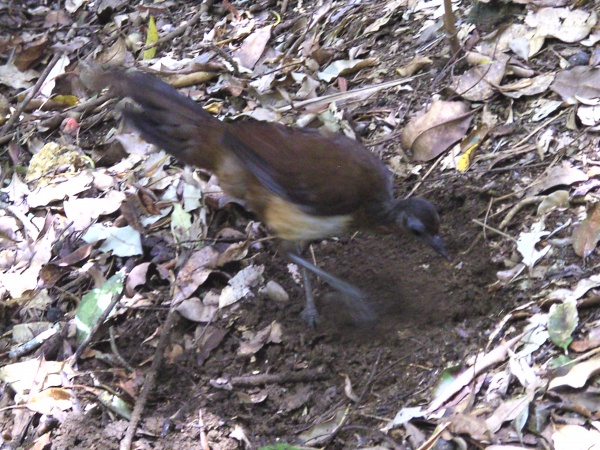Facts About Albert's lyrebird
Albert's lyrebird, a unique songbird, inhabits the subtropical rainforests of Australia, primarily along the border between New South Wales and Queensland. Named after Prince Albert, this bird is one of two lyrebird species but is distinctive in lacking the ornate lyre-shaped tail feathers of its relative.
Historically, Albert's lyrebirds were hunted for their meat and tail feathers, and at times targeted by vandals. Today, the population is estimated at around 3,500 breeding birds, making it one of the species with the most restricted ranges in Australia. These ground-dwelling birds are recognized for their distinctive appearance, with males showcasing a striking tail comprised of various feather types.
One of the most fascinating aspects of Albert's lyrebird is its extraordinary vocal abilities. These birds are masters of mimicry, often imitating the calls of other species during their songs. They thrive in the mountain ranges of southeast Queensland and northeast New South Wales, favoring the lush environments of rainforests or wet sclerophyll forests.
Albert's lyrebirds breed in winter, constructing dome-shaped nests in the dark, secluded areas of the forest. They lay just one egg per clutch. Their diet primarily consists of insects and other invertebrates, which they forage from the soil, particularly in areas with abundant leaf litter and fallen logs.
However, these birds face several significant threats. Habitat loss due to forest management, invasive species, urban development, and predation by introduced animals all pose serious risks. Climate change also threatens their habitat and could affect their population. Given their limited range, any catastrophic event could have a devastating impact on their numbers. Conservation efforts are ongoing to protect this vulnerable species, which is classified as vulnerable in New South Wales and near threatened in Queensland.
